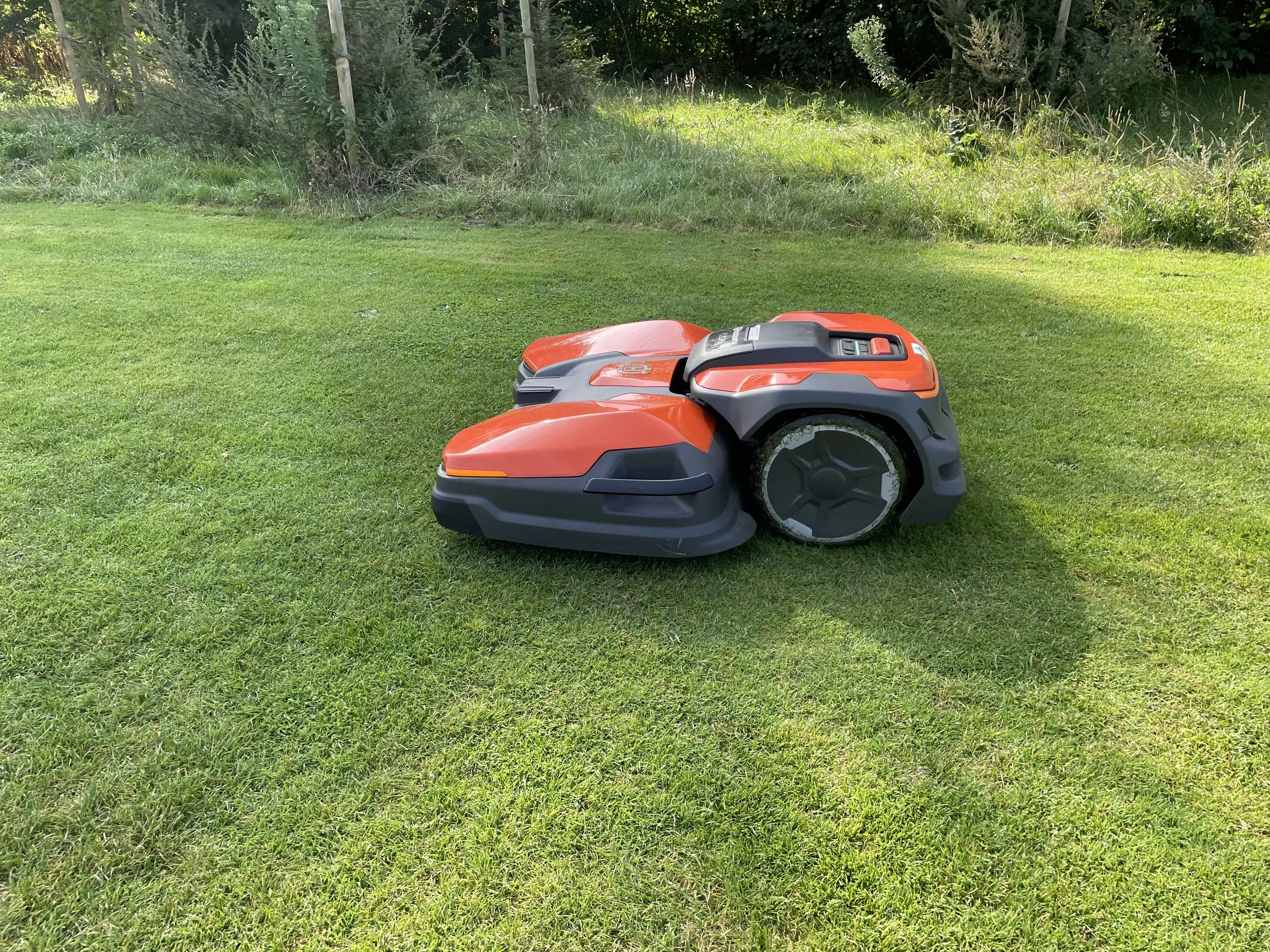Robots vs. Traditional Machinery: Cost Comparison
While robotic greenkeeping equipment might seem expensive upfront, it’s important to consider the long-term savings. Traditional greenkeeping mowing machines today can cost anywhere from €60,000 to €150,000, depending on the model and functionality. These machines, while essential, require regular maintenance, fuel, and skilled labor to operate. Additionally, they demand a yearly financial investment in maintenance costs.
For example, one common maintenance task is sharpening the mowing knives, which requires specialist machinery. This process, along with the replacement of parts like bearings, can cost up to €5,000 per machine. If a golf club doesn’t have the necessary equipment or expertise on-site, this work must be outsourced, further increasing costs.
In comparison, smaller robotic mowers currently available are priced between €15,000 and €30,000. While robots still require an initial investment, they don’t need fuel, breaks, or salaries. The maintenance for robots is also simpler and less costly. The mowing knife blades for robots typically cost around €25 for a full set and need to be replaced every few weeks. The replacement process is straightforward and requires only a screwdriver, no specialist skills or machinery are necessary. This further reduces the cost and complexity of upkeep.
The long-term savings on labor, fuel, and reduced maintenance make robotic solutions a more economical choice for many golf courses.
The Struggle to Find Skilled Greenkeepers
One of the biggest challenges facing golf courses today is finding enough skilled greenkeepers. As fewer people enter the profession, the demand for labor is rising, and wages are increasing. This shortage of staff is one of the driving forces behind the adoption of robotic solutions. Robots offer a way to fill the gaps, ensuring that the course is maintained to a high standard without the need for a large team of greenkeepers.
Conclusion
When you consider the full picture, equipment costs, maintenance, fuel, and staffing, it becomes clear that robotic turf equipment offers more than just a modern upgrade. It represents a shift toward financial efficiency.
As robotic mowing technology becomes more accessible, the need to invest heavily in large-scale machinery and ongoing servicing is decreasing. Routine tasks like blade replacements are now faster, cheaper, and require far less expertise than traditional machine maintenance. This not only reduces the annual upkeep burden but also simplifies your operations.
At the same time, the quality of the golf course doesn’t suffer — it improves. Robots provide consistent, daily mowing, helping maintain playing surfaces to a higher standard while allowing your team to focus on detailed work that truly elevates the golfer’s experience.
In short, clubs that embrace robotic support are not just filling a staffing gap. They’re improving course quality while building a leaner, more sustainable financial model.
If your golf course is considering robotic equipment, I’d be happy to talk through what to expect.
Written by Andrew Knott, Founder of Rubra Turf Agronomy
